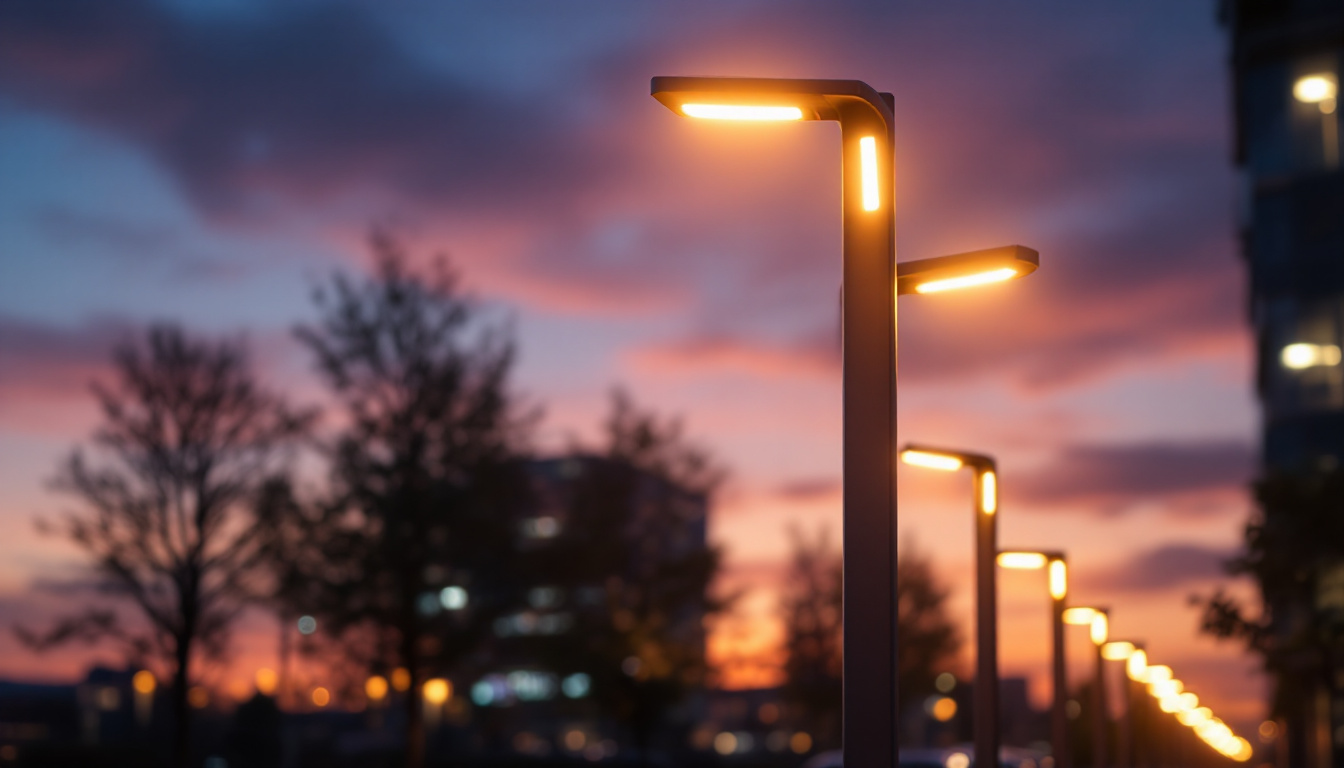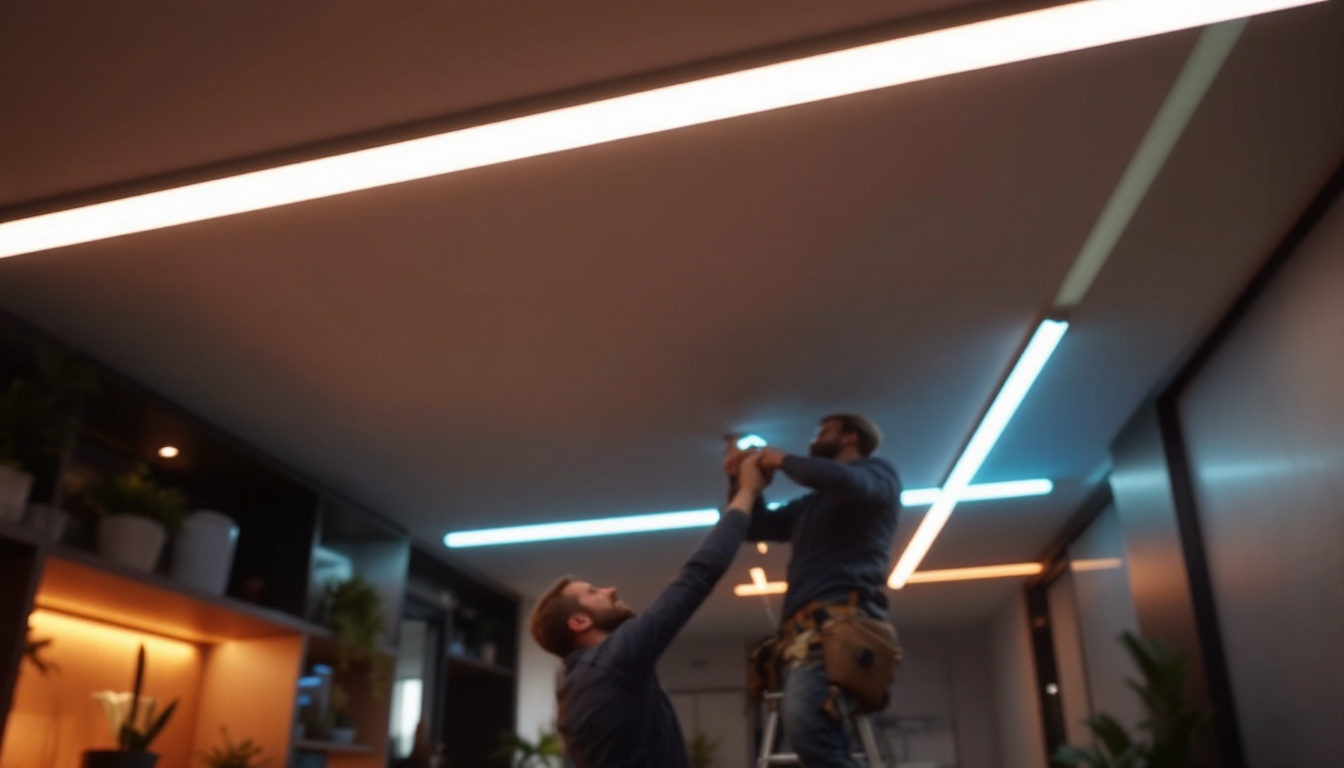
In the rapidly evolving world of lighting design and installation, the emergence of innovative solutions continues to reshape how professionals approach their projects. Among these advancements, the pole light pole stands out as a transformative option that promises to enhance both functionality and aesthetic appeal. This article explores the future of lighting design through the lens of pole light poles, examining their benefits, applications, and the impact they are set to have on the industry.
Pole light poles, often referred to as simply light poles, are vertical structures designed to support lighting fixtures in various environments. These poles come in a variety of materials, heights, and designs, making them suitable for an array of applications—from street lighting to architectural illumination.
The choice of materials for pole light poles plays a crucial role in their durability and aesthetic appeal. Common materials include aluminum, steel, and fiberglass, each offering unique advantages. Aluminum poles are lightweight and resistant to corrosion, making them ideal for coastal areas, while steel poles provide strength and longevity, suitable for high-traffic urban environments. Fiberglass poles, on the other hand, offer a blend of durability and design flexibility, allowing for creative shapes and colors.
Design is equally important, as the visual impact of a light pole can significantly influence the overall ambiance of a space. Modern pole light poles can be customized to match architectural styles, ensuring that functionality does not come at the expense of aesthetics. This adaptability is particularly beneficial for lighting contractors aiming to create cohesive designs that enhance the surrounding environment. Furthermore, decorative elements such as ornate finials, decorative bases, and integrated planters can transform a standard light pole into a striking feature that complements the landscape, enhancing the visual narrative of parks, plazas, and streetscapes.
As technology continues to advance, the integration of smart features into pole light poles is becoming increasingly common. Smart lighting systems can be controlled remotely, allowing for real-time adjustments based on environmental conditions or user preferences. This capability not only improves energy efficiency but also enhances safety and security in public spaces.
Moreover, the incorporation of sensors into lighting poles can facilitate automated responses to changes in light levels, pedestrian movement, or vehicular traffic. Such innovations not only streamline operations but also contribute to the overarching goal of creating smarter, more sustainable cities. For instance, adaptive lighting systems can dim or brighten based on the time of day or the presence of people, reducing energy consumption during off-peak hours. Additionally, some advanced systems can even gather data on foot traffic patterns, providing valuable insights for urban planners and local governments looking to optimize public spaces and improve community engagement.
The adoption of pole light poles offers numerous advantages that can significantly enhance lighting design and installation projects. These benefits extend beyond mere aesthetics, impacting functionality, efficiency, and sustainability.
One of the primary purposes of lighting is to enhance visibility, particularly in outdoor environments. Pole light poles, strategically placed, can illuminate pathways, parking lots, and public spaces, reducing the risk of accidents and increasing safety for pedestrians and drivers alike. The height and positioning of these poles allow for optimal light distribution, minimizing dark spots and creating a more secure atmosphere.
In addition to improving safety, well-lit areas can deter criminal activity. Research has shown that increased lighting in public spaces correlates with a decrease in crime rates, making pole light poles an essential component of urban safety strategies.
In an era where energy conservation is paramount, pole light poles are leading the charge towards more sustainable lighting solutions. Many modern installations utilize LED technology, which consumes significantly less energy compared to traditional lighting options. This not only reduces operational costs but also minimizes the environmental impact of lighting systems.
Furthermore, the ability to integrate smart technology allows for adaptive lighting solutions that can adjust brightness based on real-time needs. For instance, lights can dim during low-traffic hours and brighten when activity is detected. Such features contribute to overall energy savings and align with the growing demand for sustainable practices in the lighting industry.
The versatility of pole light poles makes them suitable for a wide range of applications across various sectors. From urban environments to rural settings, these structures can be tailored to meet specific lighting needs.
In urban areas, pole light poles are integral to street lighting, providing illumination for roads, sidewalks, and public spaces. Their design can be customized to blend seamlessly with the cityscape, enhancing the overall aesthetic while ensuring safety and visibility. Additionally, the integration of smart technology can facilitate adaptive lighting solutions that respond to real-time conditions, such as traffic flow and pedestrian movement.
Moreover, urban parks and recreational areas benefit from the strategic placement of pole light poles, which help create inviting spaces for community gatherings and outdoor activities. By enhancing visibility and safety, these installations encourage social interaction and promote a sense of community.
In commercial settings, pole light poles are essential for illuminating parking lots, building exteriors, and outdoor gathering spaces. Proper lighting not only enhances the aesthetic appeal of a business but also improves safety for customers and employees. Well-lit parking lots, for instance, can significantly reduce the likelihood of accidents and deter criminal activity.
Industrial facilities also rely on pole light poles for effective lighting solutions. These structures can be used to illuminate loading docks, storage areas, and outdoor workspaces, ensuring that operations run smoothly and safely, even during nighttime hours. The durability of pole light poles makes them suitable for harsh industrial environments, where resilience is key.
While the benefits of pole light poles are numerous, there are also challenges and considerations that lighting contractors must address during the design and installation process. Understanding these factors is crucial for successful project execution.
One of the primary challenges in the installation of pole light poles is ensuring compliance with local regulations and codes. Different municipalities may have specific requirements regarding height, brightness, and placement of lighting fixtures. Lighting contractors must navigate these regulations carefully to avoid potential fines and ensure that installations meet safety standards.
Additionally, contractors should consider the environmental impact of their installations. This includes assessing potential light pollution and ensuring that lighting designs do not disrupt local wildlife or ecosystems. By prioritizing compliance and environmental responsibility, contractors can contribute to sustainable lighting solutions.
The installation of pole light poles requires careful planning and execution. Factors such as soil conditions, pole height, and spacing must be considered to ensure optimal performance. Furthermore, ongoing maintenance is essential to keep lighting systems functioning effectively. This includes regular inspections, bulb replacements, and addressing any damage caused by weather or wear over time.
Contractors should also consider the accessibility of light poles for maintenance purposes. Designing installations with maintenance in mind can save time and resources in the long run, ensuring that lighting systems remain operational and effective.
As the lighting industry continues to evolve, the future of pole light poles looks promising. Innovations in technology, design, and sustainability are set to redefine how lighting contractors approach their projects.
The concept of smart cities is gaining traction, and pole light poles will play a pivotal role in this transformation. By integrating IoT (Internet of Things) technology, these poles can become part of a larger network that collects data on traffic patterns, environmental conditions, and energy consumption. This data can be utilized to optimize lighting systems and enhance urban planning efforts.
Moreover, smart lighting solutions can improve the overall quality of life for residents by creating safer, more efficient urban environments. As cities continue to grow and evolve, the adaptability of pole light poles will be essential in meeting the changing needs of urban populations.
Design trends in lighting are shifting towards more innovative and artistic solutions. The future of pole light poles may see a rise in sculptural designs and customizable options that allow for greater creativity in public spaces. This not only enhances the visual appeal of urban environments but also fosters a sense of identity and community.
As lighting contractors embrace these design trends, they will have the opportunity to create unique installations that resonate with the public and contribute to the overall character of a space. This shift towards artistic expression in lighting design will likely become a defining feature of future pole light pole installations.
The future of lighting design and installation is undeniably intertwined with the evolution of pole light poles. As these structures become more advanced, versatile, and aesthetically pleasing, they will continue to play a vital role in enhancing safety, efficiency, and sustainability in various environments.
For lighting contractors, understanding the benefits, applications, and challenges associated with pole light poles is essential for successful project execution. By embracing innovation and prioritizing compliance and maintenance, contractors can position themselves at the forefront of this dynamic industry.
As the demand for smart, sustainable, and visually appealing lighting solutions grows, pole light poles will undoubtedly remain a key component of the future landscape, illuminating the way forward for urban and rural spaces alike.
Ready to revolutionize your lighting installations with the advanced, versatile, and aesthetically pleasing pole light poles of tomorrow? Look no further than LumenWholesale, where we equip contractors like you with the highest quality, spec-grade lighting products at unparalleled wholesale prices. Say goodbye to local distributor markups and hello to superior lighting solutions that meet rigorous industry standards. With LumenWholesale, bulk buying is a breeze, thanks to our free shipping policy, ensuring you receive premium lighting at the best value — without any hidden fees. Elevate your lighting projects by choosing the perfect blend of quality, affordability, and convenience. Wholesale Lighting at the Best Value is just a click away.

Discover essential tips for lighting contractors to seamlessly install simple wall sconces without encountering common pitfalls.

Discover how ceiling LED light strips are revolutionizing lighting contractors’ projects by enhancing design flexibility, energy efficiency, and installation ease.

Discover the top strategies lighting contractors use to optimize receptacle switches for efficiency and safety.

Discover the essentials of using a 24W adapter with a 12W LED light in this insightful guide for lighting contractors.